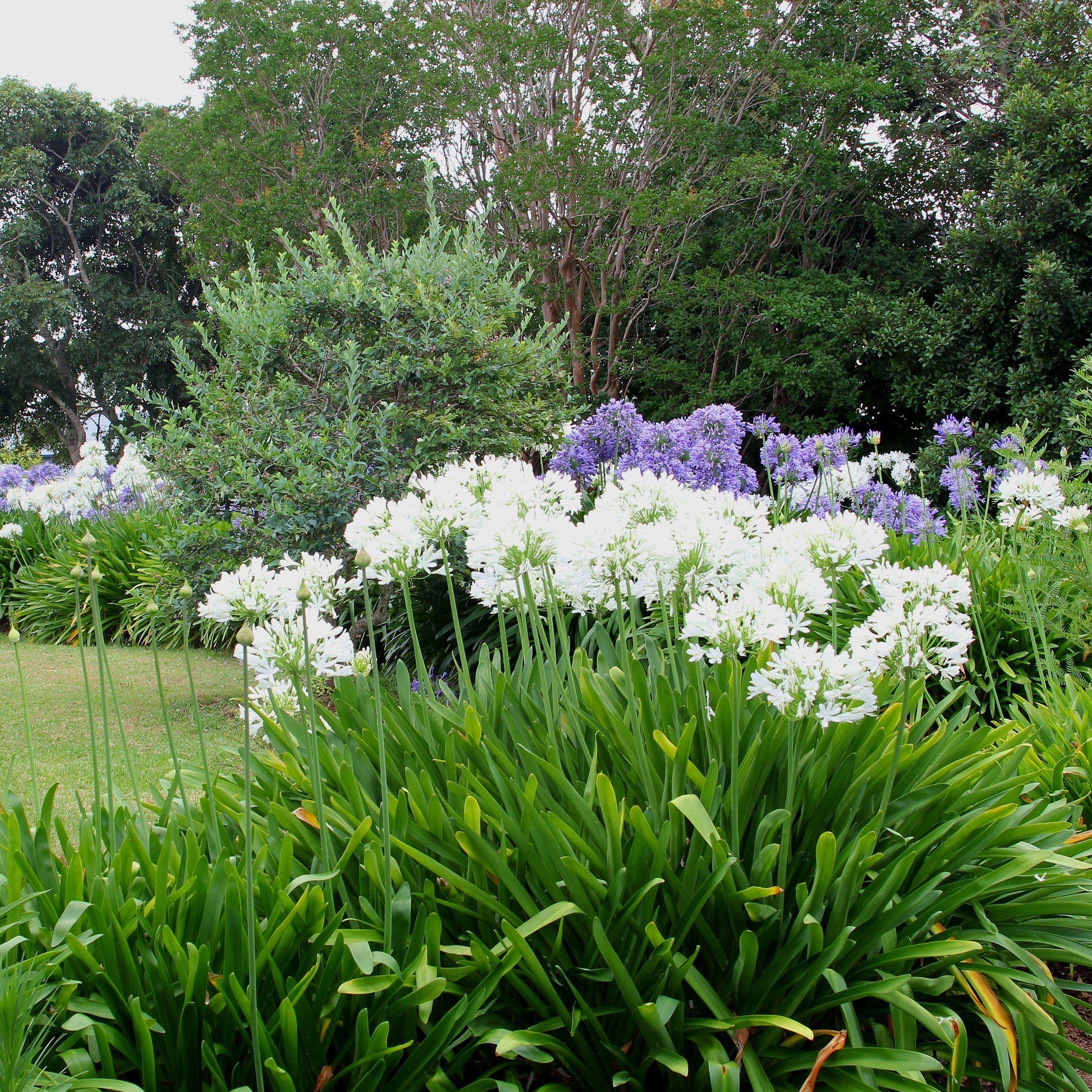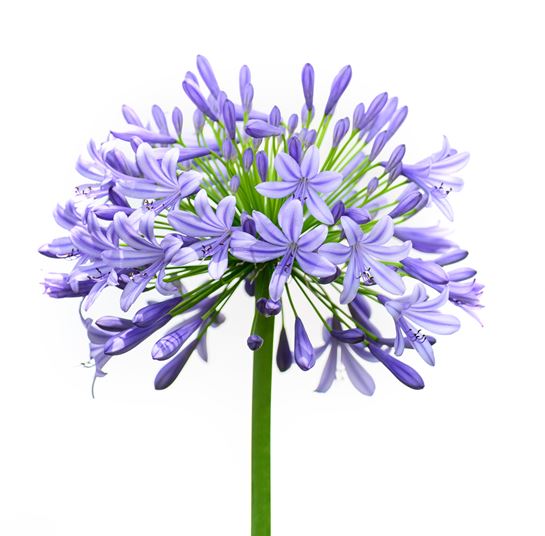Seasonal Agapanthus Treatment: Planning For Winter Months and Summer season
Seasonal Agapanthus Treatment: Planning For Winter Months and Summer season
Blog Article
Grasping the Art of Agapanthus Care: Crucial Steps for Healthy Growth and Lively Blossoms
In the realm of cultivation, the cultivation of agapanthus stands as a gratifying venture for those who look for to nurture these sophisticated blooming plants. With their striking blossoms and graceful vegetation, agapanthus has recorded the interest of garden enthusiasts worldwide. Nevertheless, attaining optimal development and lively blooms calls for a nuanced technique that encompasses various necessary steps. From selecting the appropriate range to understanding pruning techniques, the journey in the direction of cultivating thriving agapanthus plants is multifaceted and holds the essential to opening the full capacity of these herb gems.

Picking the Right Agapanthus Variety

When picking the appropriate Agapanthus variety for your yard, consider aspects such as environment viability, blossom color, and development behavior. Additionally, take into consideration the climate in your area to ensure the Agapanthus range you pick can prosper in your details problems. Recognizing the growth routine of different Agapanthus varieties is vital for correct placement within your yard.
Ideal Planting Conditions
Thinking about the optimum environmental requirements is vital for effective Agapanthus cultivation. Agapanthus plants are delicate to cold temperature levels and should be secured from frost throughout winter months.
To guarantee healthy and balanced development and vibrant blooms, plant Agapanthus bulbs at a depth of about 2-4 inches and room them 8-12 inches apart. Including raw material, such as garden compost, to the dirt can improve drainage and fertility, advertising robust origin growth. Mulching around the base of the plants helps keep dampness and suppresses weed growth. Regular watering is vital, specifically during the expanding season, to keep the dirt continually moist but not waterlogged.
Watering and Feeding Tips
Preserving appropriate wetness degrees and providing crucial nutrients are essential components in the treatment regimen for Agapanthus plants. When it comes to watering Agapanthus, it is essential to strike an equilibrium. These plants like consistently damp dirt but are vulnerable to root rot if overwatered.
Feeding Agapanthus is vital for advertising healthy growth and prolific blooms. Apply a well balanced plant food, such as a 10-10-10 formula, in the very early springtime as new growth arises. Repeat this application every 6-8 weeks throughout the expanding season. Prevent too much fertilization, as it can bring about rich vegetation at the cost of important source blossoms. Constantly adhere to the manufacturer's guidelines for correct dilution and application methods. By adhering to these watering and feeding ideas, you can ensure your Agapanthus plants grow and create dynamic, resilient flowers.
Trimming Strategies for Agapanthus
Trimming Agapanthus plants at the appropriate times and with proper methods is essential for maintaining their health and promoting optimal growth and flowering. The suitable time to prune Agapanthus is in late wintertime or very early springtime prior to brand-new development arises. Beginning by getting have a peek at this site rid of any yellowing or dead leaves near the base of the plant. Cut them as short as feasible without harming the arising shoots.
Deadheading spent flowers can also redirect the plant's energy right into generating even more blossoms rather than setting seeds. If you want to collect seeds for breeding, leave some flowers to fully grown and completely dry on the plant.
Keep in mind to make use of clean, sharp tools to make specific cuts and minimize the risk of presenting illness. Agapanthus. Normal pruning will certainly aid maintain your Agapanthus looking healthy and balanced and neat while making sure a plentiful display of beautiful flowers
Taking Care Of Typical Pests and Conditions
After making sure appropriate trimming strategies for Agapanthus, it is necessary to address usual pests and conditions that can influence the health and wellness and vitality of these plants. Agapanthus plants are usually durable however can still come down with particular concerns. One usual bug that impacts Agapanthus is the Agapanthus gall midget. This little, orange fly lays its eggs in the foliage, leading to distorted growth and blossom buds that stop working to open. To combat this bug, trim and damage any type of affected plant components and think about utilizing insecticidal soap. check out this site
In addition, Agapanthus plants can endure from origin rot if they are planted in poorly draining pipes dirt. By being alert and taking timely action against parasites and diseases, you can help your Agapanthus plants thrive and produce vivid blossoms. Agapanthus.

Verdict
Finally, grasping the art of agapanthus treatment includes picking the best selection, supplying optimal planting problems, appropriate watering and fertilizing, suitable pruning methods, and addressing common parasites and conditions. By complying with these necessary actions, you can make sure healthy development and lively blooms for your agapanthus plants. Remember to consistently keep track of and preserve your plants to promote their overall well-being and longevity.
To make certain healthy and balanced growth and dynamic flowers, plant Agapanthus bulbs at a deepness of about 2-4 inches and area them 8-12 inches apart. By complying with these watering and fertilizing ideas, you can guarantee your Agapanthus plants thrive and produce vivid, resilient blooms.
One typical parasite that affects Agapanthus is the Agapanthus gall midge. In addition, Agapanthus plants can suffer from root rot if they are grown in improperly draining dirt. By complying with these vital steps, you can guarantee healthy growth and vibrant blooms for your agapanthus plants.
Report this page